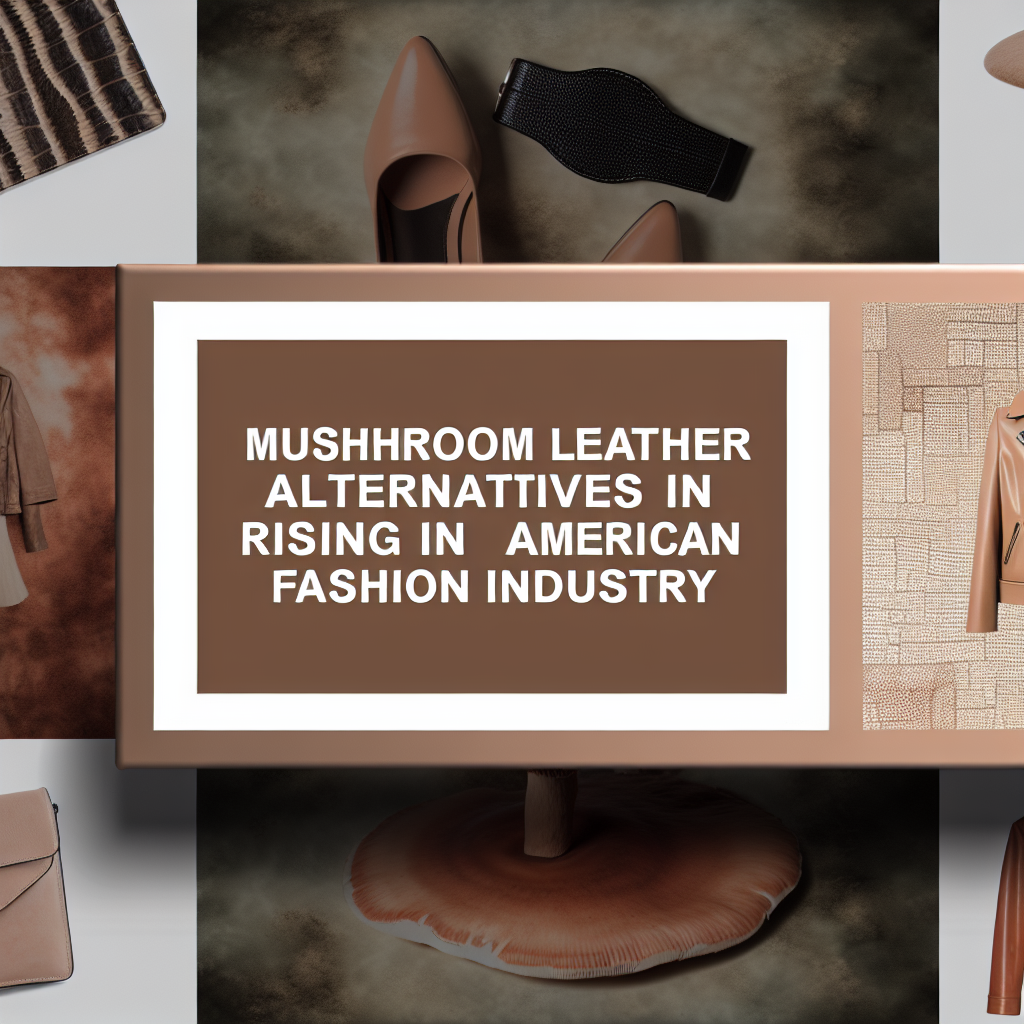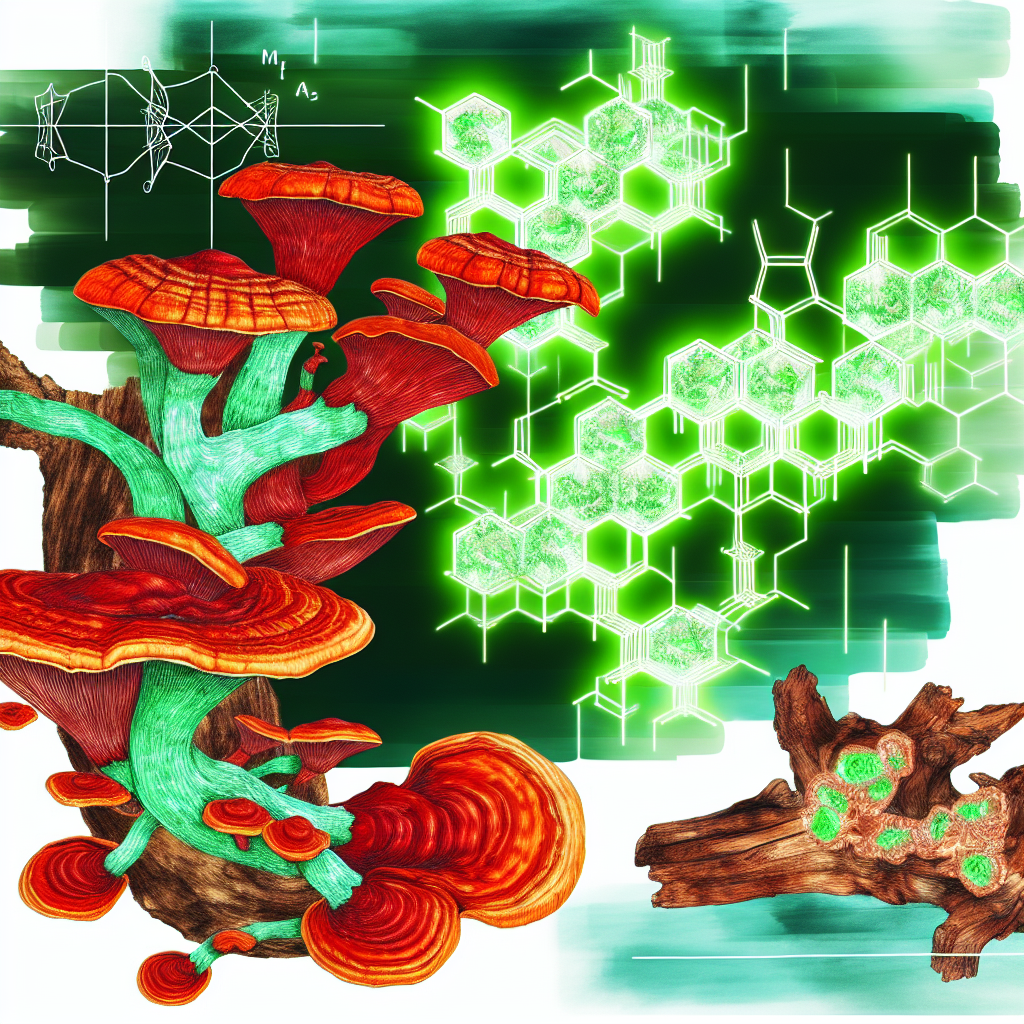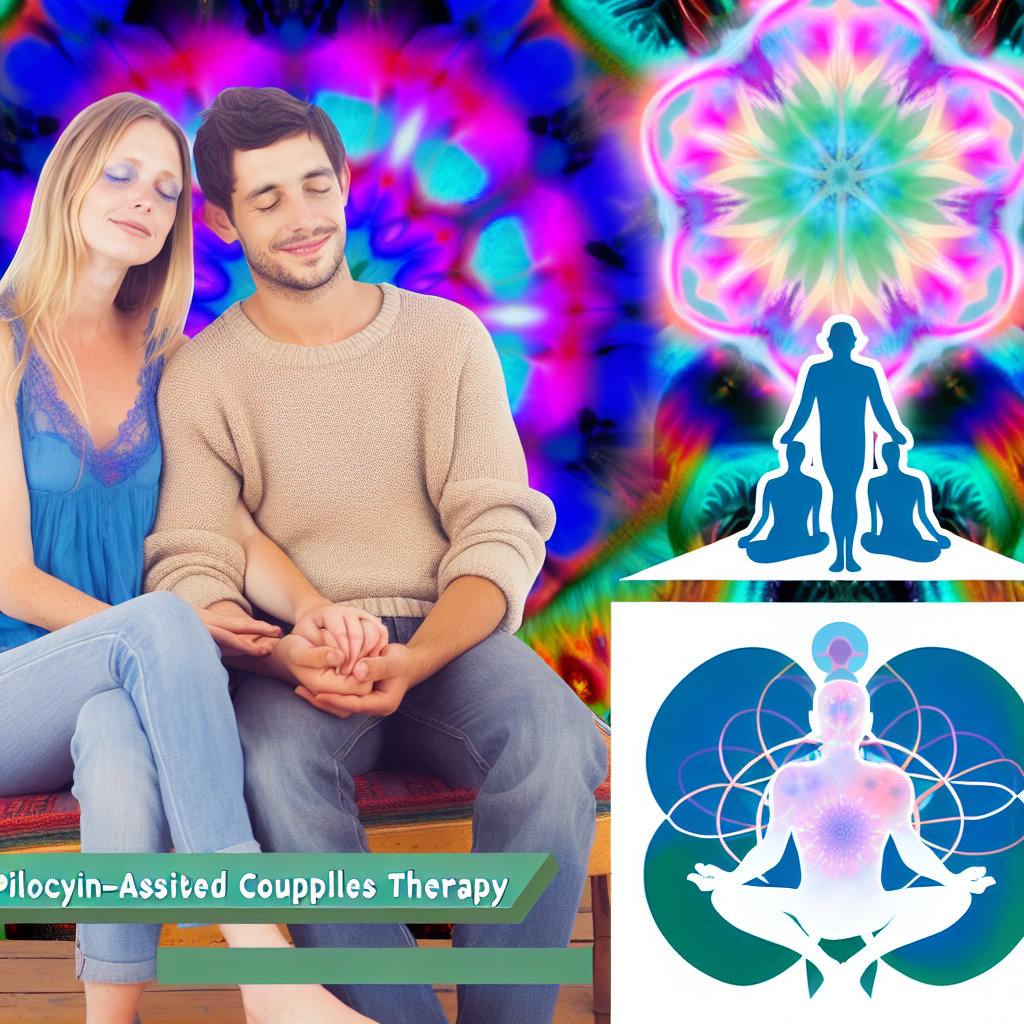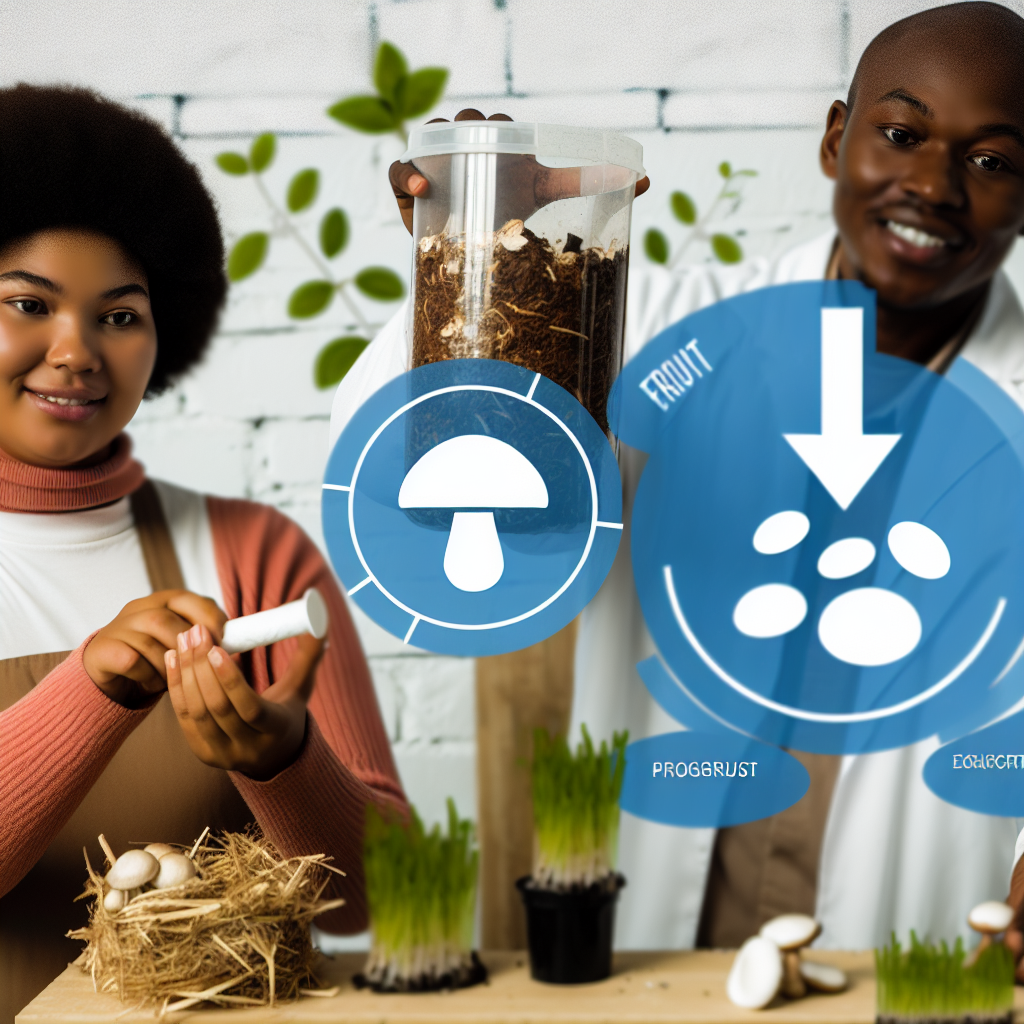Mushroom Leather Alternatives: Fashion Industry Adoption in America
By [Your Name] | [Date]
As the fashion industry undergoes a renaissance driven by sustainability, innovation, and ethical consciousness, plant-based alternatives are transforming how designers view traditional materials. One of the most exciting developments in this eco-minded movement is the use of mushroom leather—a biodegradable, cruelty-free, and environmentally sustainable alternative to animal leather. Derived from mycelium, the root structure of mushrooms, this innovative material is gaining traction across American fashion labels, offering a glimpse into the future of textile design.
Mushroom leather, often referred to as “mycelium leather,” is created by cultivating specific fungi species in controlled environments. As the mycelium grows, it develops into dense mats that can be harvested, dried, and treated to mimic the look, feel, and durability of traditional leather. Unlike plastic-based vegan leathers, mycelium leather is fully biodegradable and uses significantly less water, land, and energy in production. This drastic reduction in environmental impact provides a clear choice for brands championing sustainability initiatives.
Fashion contributes up to 10% of global carbon emissions, according to the United Nations Environment Programme. Additionally, leather tanning uses toxic chemicals such as chromium, which harm ecosystems and human health. With consumers demanding transparency and eco-friendly options, the industry is being compelled to look beyond traditional materials for ethical innovation. Mycelium leather offers not only a low-impact solution but also opens doors to customizable textures, colors, and durability traits, rivaling those of animal hides.
Several prominent U.S. fashion brands have already begun adopting mushroom leather in their products. Companies like Bolt Threads and MycoWorks have partnered with designers and apparel giants such as Stella McCartney and Adidas to integrate mycelium leather into everything from handbags to footwear. American firms are uniquely positioned to take a global lead in shifting toward sustainable alternatives due to their access to biotech innovation, venture funding, and growing consumer interest in green fashion.
As society becomes more attuned to the intersections of health, environment, and ethical consumption, mushroom leather presents a fascinating case where natural biotechnology meets modern aesthetics. It isn’t just a material—it’s a movement reshaping how we define luxury, sustainability, and innovation in fashion.
Revolutionizing Textiles: Scientific Support for Mycelium Materials
Beyond its benefits in materials science, mycelium has attracted attention from the medical and environmental science communities due to its regenerative properties and ecological significance. A number of scientific studies have noted that fungi exhibit antimicrobial and biodegradable characteristics, making them ideal for integration into products that prioritize hygiene and environmental care.
A 2021 study published in Nature Sustainability highlighted mycelium’s potential as a revolutionary biomaterial capable of reducing plastic waste and replacing petroleum-based products in both medical and consumer industries (Jones et al., 2021). Fungi like Ganoderma lucidum and Pleurotus ostreatus have been specifically researched for their structural durability and scalability in bio-composite materials. Their fibrous, interwoven mycelial networks provide a strong, flexible, and breathable foundation—ideal properties for fashion textiles.
Additionally, MycoWorks—a pioneering mycelium leather company based in California—revealed clinical assessments showing that their proprietary material, known as “Reishi,” contains no harmful chemicals and hypoallergenic compounds. According to data provided in collaboration with material scientists, Reishi leather is not only safe for skin contact but also emits no volatile organic compounds (VOCs), offering health-conscious consumers an additional layer of benefit.
From a sustainability perspective, mycelium can be cultivated using agricultural waste as a growth substrate, which contributes toward zero-waste production goals. The USDA and other agricultural institutions have published insights into the versatile properties of fungi and their role in circular economies. According to a 2020 report by the USDA’s Fungal Biology Unit, fungi’s rapid growth cycle and minimal environmental footprint position it as a promising resource for creating eco-friendly materials (USDA Agricultural Research Service, 2020).
Major fashion brands have taken these findings into serious consideration. Adidas unveiled its first mycelium-based shoe prototype, a partnership with Bolt Threads using their patented Mylo™ material. The shoe has not only passed durability testing comparable to animal leather but also maintained softness and flexibility demanded by high-performance wear. These advancements bridge scientific innovation with consumer readiness.
Thus, mushroom leather stands at the forefront as an evidence-backed, biodegradable innovation shaped by both fashion visionaries and research communities. As ongoing studies continue refining the functional and health-related attributes of mycelium, its integration into everyday products becomes more than a trend—it’s an evidence-based evolution.
The Future of Fashion: Sustainable Luxury Threaded with Mycelium
Mushroom leather represents a cutting-edge fusion of biotechnology, sustainability, and fashion-forward design. As more studies confirm its safety and functionality, and as major brands commit to greener practices, mushroom leather is fast becoming the material of choice for ethically-conscious consumers and manufacturers alike. America’s fast-growing adoption of this innovative textile points toward a promising, sustainable paradigm shift in fashion—one mycelium thread at a time.
References
- Nature Sustainability. “Designing Autonomous Self-Assembling Mycelial Materials.” 2021.
- USDA Agricultural Research Service. “Fungi: The Bio-Architects of the Future.” 2020.
- Bolt Threads. “Mylo: The Leather Alternative Everyone’s Talking About.”
- MycoWorks. “Reishi™: A New Class of Materials.”
- United Nations Environment Programme. “Putting the Brakes on Fast Fashion.” 2019.
Concise Summary:
Mushroom leather, a biodegradable and eco-friendly alternative to animal leather, is gaining traction in the American fashion industry. Derived from mycelium, the root structure of mushrooms, this innovative material offers a sustainable solution to the environmental impact of traditional leather production. Major U.S. brands are partnering with mycelium leather companies to integrate the material into various products, driven by consumer demand for ethical and sustainable fashion. Backed by scientific research on the regenerative and antimicrobial properties of fungi, mushroom leather represents a promising evolution in the future of sustainable luxury.

Dominic E. is a passionate filmmaker navigating the exciting intersection of art and science. By day, he delves into the complexities of the human body as a full-time medical writer, meticulously translating intricate medical concepts into accessible and engaging narratives. By night, he explores the boundless realm of cinematic storytelling, crafting narratives that evoke emotion and challenge perspectives. Film Student and Full-time Medical Writer for ContentVendor.com




